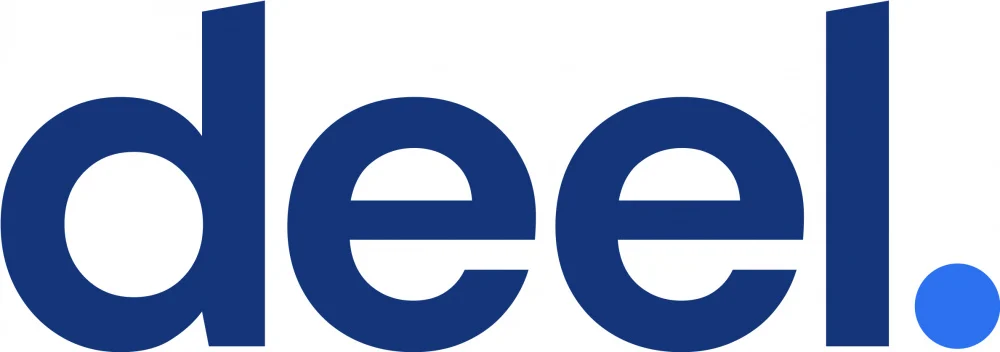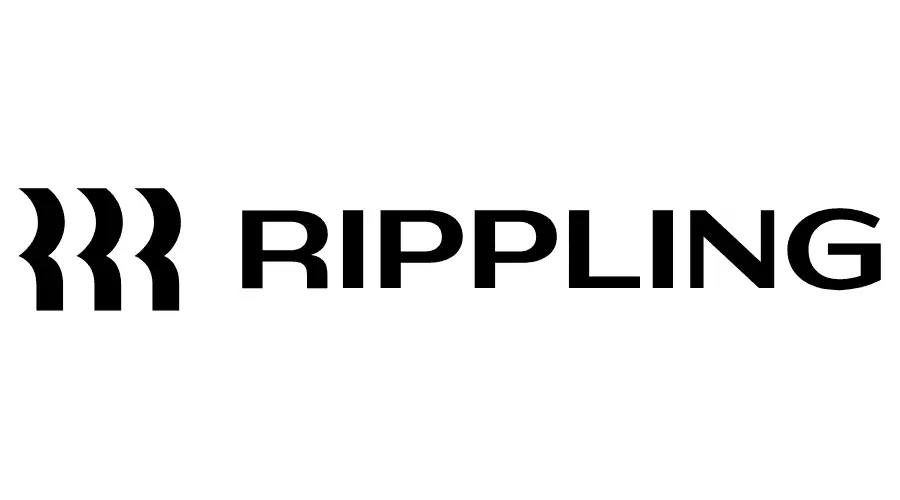This post may contain affiliate links. Please read my affiliate disclosure for more information.
In the modern business landscape, where remote work and distributed teams are becoming increasingly prevalent, companies require robust platforms to manage their workforce efficiently. Deel and Rippling are two prominent players in the realm of HR, payroll, and compliance management. In this article, we will conduct an in-depth comparison of Deel and Rippling, exploring their features, pricing models, as well as their pros and cons.
Overview of Deel

Deel is a cloud-based platform that specializes in streamlining global hiring and payroll management. It offers a range of features aimed at simplifying the onboarding process, facilitating payments, and ensuring compliance with local labor laws. Deel’s user-friendly interface and extensive integrations make it an attractive choice for businesses looking to manage a diverse and distributed workforce.
Overview of Rippling

Rippling is a comprehensive platform that goes beyond HR and payroll, encompassing employee benefits, IT management, and more. It provides a centralized solution for managing employee data, automating onboarding processes, and handling payroll and benefits administration. Rippling positions itself as an all-in-one solution that streamlines various aspects of workforce management.
Feature Comparison
| Features | Deel | Rippling |
|---|---|---|
| Onboarding | Simplified onboarding process with e-signatures | Automated onboarding and IT provisioning |
| Payroll | Automated payments in 120+ currencies | Integrated payroll and tax compliance |
| Compliance | Monitoring of local labor laws and regulations | Compliance management and reporting |
| Benefits | Limited benefits management | Comprehensive benefits administration |
| Time Tracking | Basic time tracking capabilities | Integration with time tracking systems |
| Integrations | Extensive integrations with other tools | Integration with HRIS, IT tools, and more |
| Customer Support | Email and chat support | Phone, email, and chat support |
Pricing Models
Both Deel and Rippling offer flexible pricing models to cater to businesses of varying sizes and operational complexities. It’s important to note that exact pricing can differ based on factors such as the number of employees, specific features required, and any additional services.
Deel Pricing
Deel’s pricing structure typically involves a base fee along with an additional fee per employee or contractor. The base fee provides access to the platform’s core features, while the per-employee fee scales based on the number of workers being managed. Deel often offers a free trial period for businesses to explore the platform’s functionalities before committing to a subscription.
Rippling Pricing
Rippling’s pricing model is also tailored to accommodate the unique needs of different businesses. It generally includes a base fee along with a fee per employee or contractor. This pricing structure allows businesses to choose the features and services that align with their requirements. Like Deel, Rippling offers trial periods for businesses to evaluate the platform’s suitability before making a long-term commitment.
Pros and Cons
Deel Pros:
- User-Friendly Interface: Deel offers an intuitive interface that simplifies remote workforce management for HR teams and managers.
- Integration Ecosystem: The platform’s extensive integrations with other tools enable seamless workflow integration, making it adaptable for various business needs.
- Global Payments: Deel supports automated payments in over 120 currencies, making it valuable for businesses with international teams.
Deel Cons:
- Limited Benefits Management: Deel’s benefits management capabilities might be limited for businesses with complex benefits structures.
- Feature Scope: While Deel covers essential remote workforce management features, it might not provide the full spectrum of solutions required by larger enterprises.
Rippling Pros:
- Comprehensive Solution: Rippling provides an all-in-one platform that spans HR, payroll, benefits, and IT management, offering a holistic approach to workforce management.
- Automated Onboarding: Rippling’s automated onboarding and IT provisioning streamline the process of bringing new employees on board.
- Benefits Administration: The platform offers comprehensive benefits administration solutions, making it appealing to businesses seeking to optimize employee packages.
Rippling Cons:
- Learning Curve: Due to its comprehensive nature, Rippling might have a steeper learning curve, particularly for smaller businesses with simpler requirements.
- Potentially Higher Costs: The breadth of services offered by Rippling might result in relatively higher costs, which could be a consideration for budget-conscious businesses.
Conclusion
In the dynamic landscape of HR and workforce management, both Deel and Rippling emerge as significant players. While Deel excels with its user-friendly interface and versatile integrations, Rippling stands out with its comprehensive suite of HR, payroll, benefits, and IT management solutions.
The choice between these platforms hinges on the specific needs and priorities of your business. Small to medium-sized businesses might find Deel’s simplicity and flexibility appealing, while those looking for an all-in-one solution might lean towards Rippling’s holistic approach.
Ultimately, both Deel and Rippling aim to simplify the intricacies of managing a workforce and ensure compliance with labor regulations, equipping businesses with the tools they need to succeed in today’s evolving business landscape.

